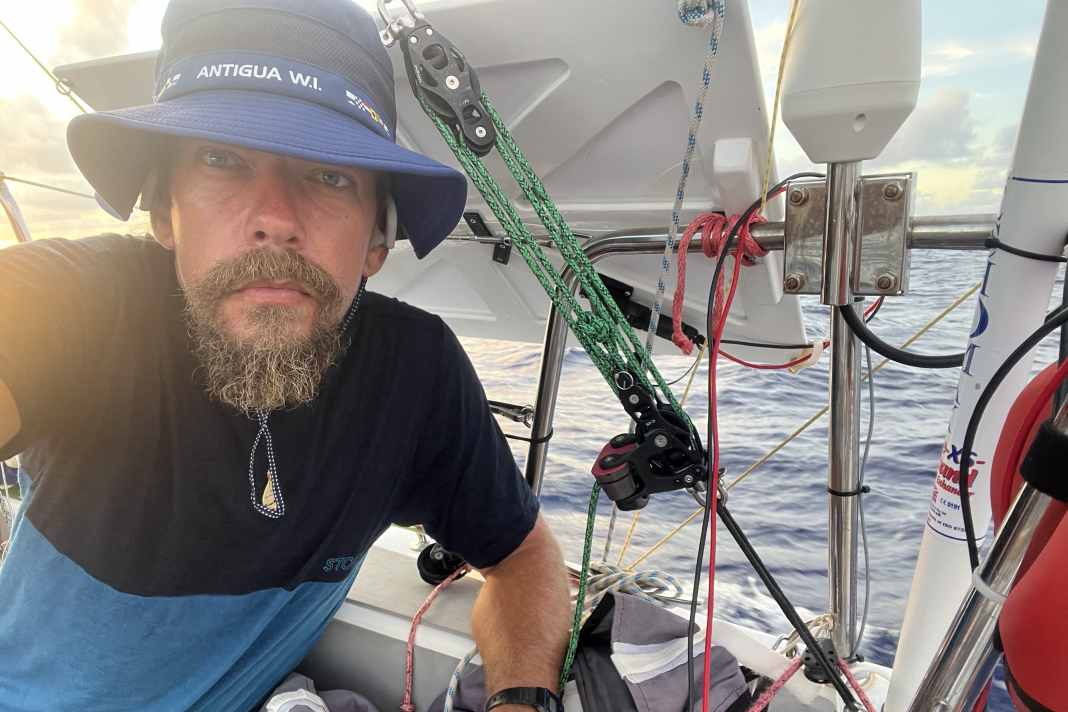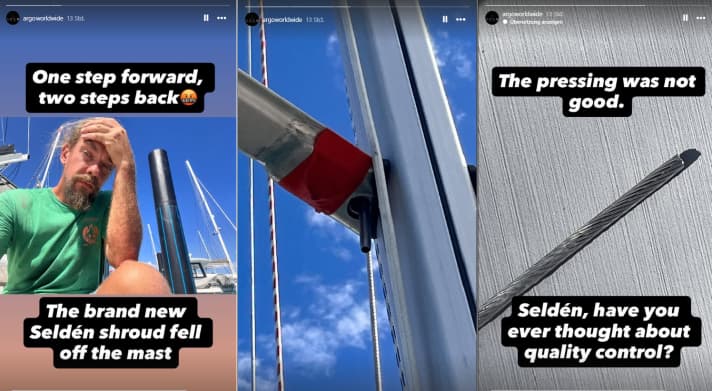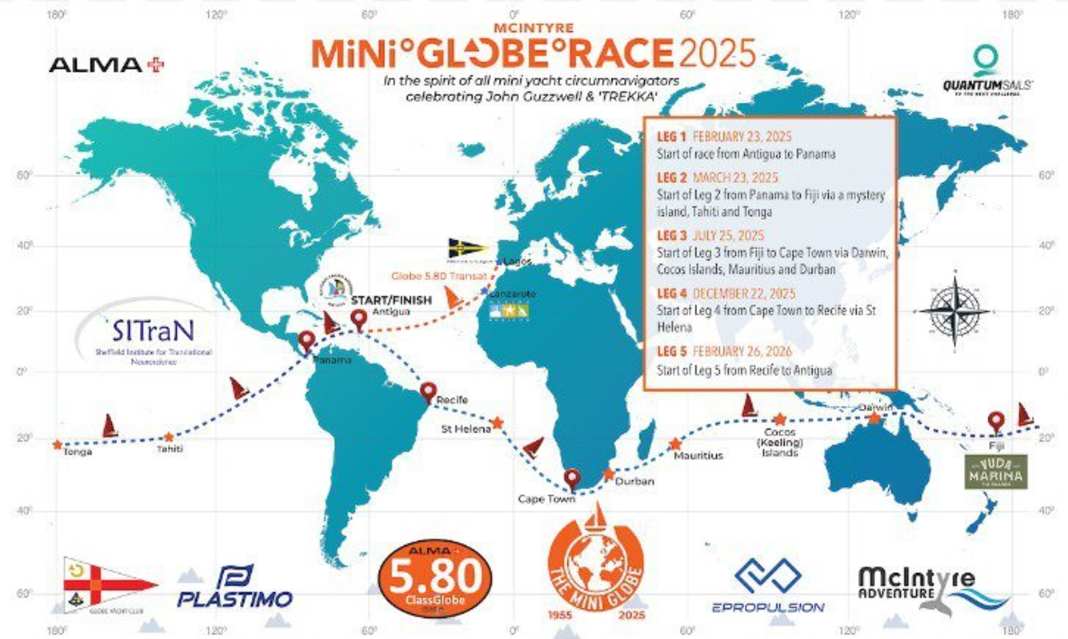Mini Globe Race: Christian Sauer's adventure continues - start of the third stage
Fabian Boerger
· 25.07.2025






After around four weeks in the Vuda Marina in Fiji, the Mini Globe Race is starting the next stage. On Saturday morning, 26 July, twelve boats, each 5.80 metres long and mostly self-built, will set off on their approximately 10,000 nautical mile journey to Cape Town. This leg is probably the toughest and most dangerous of the entire race. The sailors cross the tip of Australia and then sail down through the Indian Ocean to Cape Town. Challenging passages through reefs, violent storms and dangerous currents are to be expected.
Health challenges
Meanwhile, there is good news on the health front. A skin infection and a torn ligament in his shoulder have challenged the German in recent months. At times it was unclear whether he would finish the Mini Globe Race early. Now things are looking up again, says Sauer in an interview with YACHT. He hopes that his skin infection has finally cleared up and that the infection will not return.
His shoulder is also showing signs of progress. He had an ultrasound and MRI scan in Fiji. It turned out that 70 per cent of his left ligament was torn. As the gap is too big, it cannot heal on its own. The doctors explained that he can continue as long as the ligament does not tear completely and he can withstand the pain. Should it tear, an immediate operation would be necessary. "That's in the back of my mind," he says. But the important thing is that he can carry on for now.

Final preparations before the start
Shortly before the start of the third leg, Christian Sauer had to make some important preparations. These included another safety inspection of the boats, similar to those previously carried out in Lagos and Antigua. As part of this, the medical supplies were topped up again and all safety-critical details were checked, Sauer explained.
Sauer has also replaced parts of his standing rigging. His manager, Thomas Kindermann, is currently on site and has brought shrouds and spare parts from Germany. However, not everything went smoothly: due to a suspected processing error in one of the shrouds, a local rigger had to replace a pressing that had broken during assembly. "That now leaves a queasy impression, especially before a 10,000-mile leg through the Indian Ocean," says Sauer.

To the Instagram account by Christian Sauer here.
Respect for the Indian Ocean
Sauer looks forward to the new stage respectfully but confidently. He says:
"The Indian Ocean could be challenging. At first it will be navigation-intensive, such as the Great Barrier Reef, where single-handed sailors have little room for manoeuvre. Later in the Indian Ocean, the weather can change quickly."
A stopover is planned in Durban, shortly before rounding the Cape of Good Hope, in order to find a suitable weather window for rounding the Cape. This could be quite difficult, says Sauer, as they are travelling in very small, unmotorised boats, "especially when the Agulhas Current meets weather systems from the south."
"I have great respect. Every mile connects me more with the boat, but I know that it will be a huge challenge that many with larger boats don't dare to take on. It's risky, but I believe I can do it."
Three participants eliminated from Mini Globe Race
At the start on Saturday, 12 boats will take part in the race. At the start, at the start in AntiguaThere were still 15 boats at the start. Two sailors, Mike and John Blenkinsop, have since retired for financial reasons. The Canadian Dan Turk also had to end the race for health reasons.
The boats are expected to arrive in Cape Town at the beginning of December 2025. From there, they will set off on the fourth and final leg on 28 December. This will take them back to the National Sailing Academy in Antigua. Arrival is planned for March 2026.
More about the Mini Globe Race
The Mini Globe Race is the first of its kind: the first race around the world for the world's smallest standardised class.
- In a total of four further stages with numerous possible stopovers, the barefoot route takes you around the world. The start in Antigua was the 23 February 2025.
- The participants sail on boats from the Class Globe 5.80 - a 5.80 metre long, self-built small cruiser made of plywood and coated with fibreglass and epoxy. Read more here.
- The inventor of the boats and the race is the Australian circumnavigator Don McIntyre. In addition to the Mini Globe Race, he also created the Golden Globe and Ocean Globe Race. You can find an interview here.
- More information about the Mini Globe Race here.


